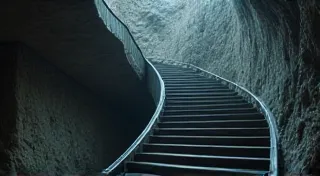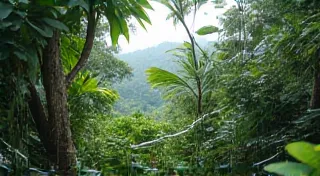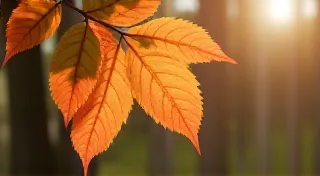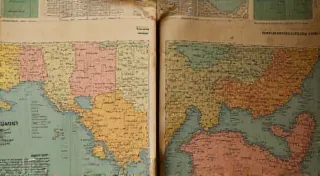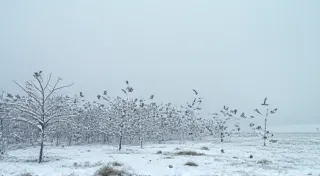Reverberations of the Forest: Modern Interpretations of Traditional Regional Carving
The scent of cedar, the rasp of a chisel against seasoned wood – these are the echoes of a heritage deeply rooted in the landscape. Wood carving, in its myriad regional forms, isn't merely an artistic practice; it's a historical narrative etched into grain and form. It's a dialogue between the maker, the material, and the community that shaped them. For generations, these carvings weren't showcased in galleries; they lived within homes, adorned tools, and told the stories of daily life – a farmer’s blessing, a child’s toy, a memorial to a loved one. Today, a fascinating evolution is underway: contemporary artists are engaging with these traditions, not to replicate them, but to reinterpret and adapt them, breathing new life into the reverberations of the forest.
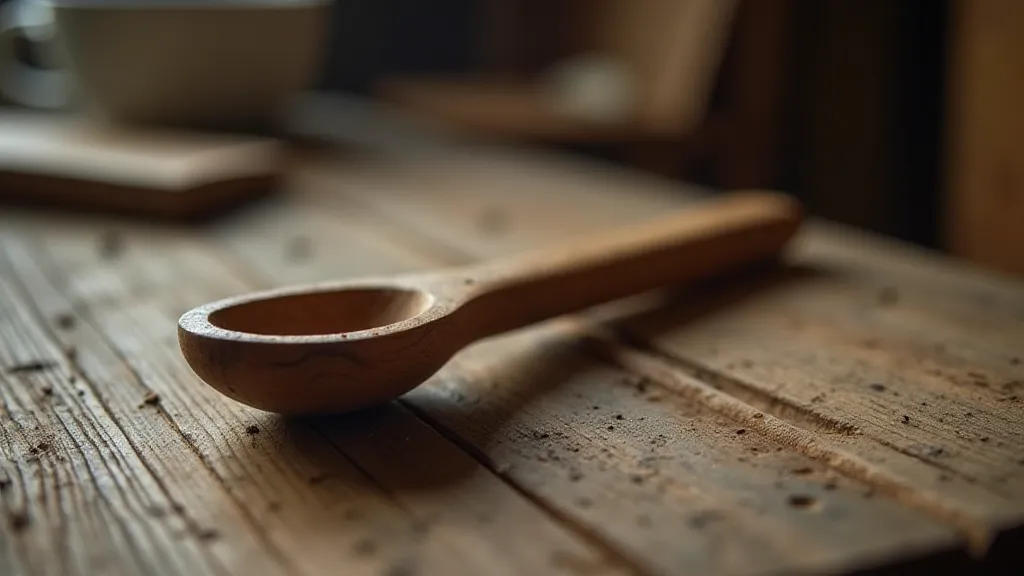
The Roots Run Deep: A Glimpse into Regional Traditions
Consider the intricate relief carvings of the Carpathian region, where stylized animals—bears, wolves, storks—dance across the surfaces of chests and doorways. These weren’t random decorations; they were protective symbols, warding off evil spirits and ensuring prosperity. Or think of the whimsical, often humorous, folk art of the Black Forest in Germany, where woodcarvers brought to life scenes of rural life, religious figures, and fantastical creatures. Each region, dictated by its own history, folklore, and available materials, developed a unique visual vocabulary. The soft, pale wood of the Baltic region yielded delicate, flowing designs, while the darker, denser woods of the Caucasus lent themselves to more robust, angular forms.
My grandfather, a carpenter by trade, possessed a small collection of these regional carvings. I remember, as a child, poring over them, tracing the lines with my finger, mesmerized by the stories they seemed to whisper. One particular piece, a small wooden bird from the Tyrol region of Austria, captivated me. The detail was astonishing – each feather meticulously carved, the eyes imbued with a surprising depth of character. He told me, with a twinkle in his eye, that it had been passed down through his family, each generation adding their own layer of appreciation and understanding.
The Challenge of Preservation and the Rise of Innovation
The industrial revolution, globalization, and changing cultural norms all threatened these traditions. Mass-produced goods diminished the demand for handcrafted items. Younger generations, drawn to modern careers, often abandoned the time-honored skills passed down from their ancestors. The knowledge, painstakingly accumulated over centuries, risked being lost.
Fortunately, a renewed appreciation for craft and heritage has emerged in recent decades. While some artisans dedicate themselves to faithfully recreating traditional styles—a vital service in preserving cultural identity—others are forging a new path. They are not simply copying; they are innovating. They’re taking the core principles—the respect for the wood’s natural grain, the understanding of form and proportion—and applying them to contemporary designs.
This isn’t always a straightforward process. There’s a constant negotiation between honoring the past and embracing the present. A purely faithful reproduction can lack a certain spark, a certain vitality. Conversely, straying too far from the established visual language can dilute the authenticity and meaning of the work.
Modern Reinterpretations: Finding a New Harmony
Contemporary woodcarvers are experimenting with a range of techniques and materials. Some are incorporating new tools, such as power carving tools, to explore previously unimaginable forms. Others are combining wood carving with other art forms, such as sculpture, painting, and even digital media. The possibilities are endless.
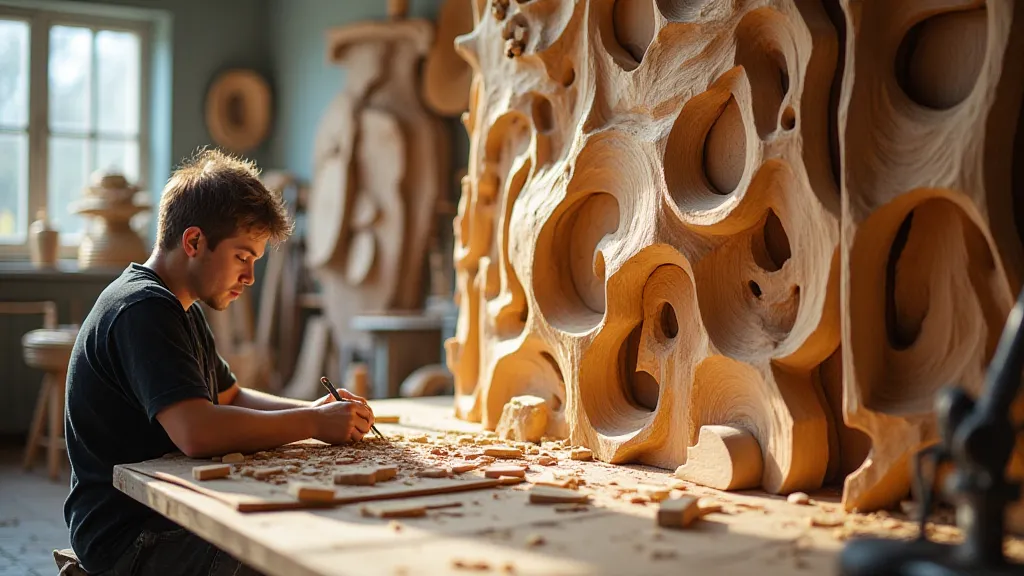
One fascinating example is the work of contemporary Baltic artists who are reinterpreting traditional folk motifs in a minimalist style. They are stripping away the ornamentation, reducing the forms to their essential shapes, and using negative space to create a sense of lightness and elegance. The result is a striking contrast to the more elaborate carvings of the past, but it still retains the spirit of the tradition.
Another interesting trend is the use of unconventional materials. While traditional woodcarvers primarily worked with locally sourced woods, modern artists are experimenting with exotic hardwoods, reclaimed wood, and even composite materials. This allows them to create unique textures and colors that would have been impossible to achieve with traditional techniques.
Restoration and Collecting: A Window into the Past
For those captivated by the beauty and history of regional carvings, restoration and collecting offer a unique opportunity to connect with the past. Restoring a piece of antique folk art is more than just repairing damage; it’s about understanding the original maker’s intentions and preserving their legacy. It requires a delicate touch, a deep respect for the material, and a willingness to learn from the past.
Collecting, too, can be a rewarding experience. Each piece tells a story—a story of a particular place, a particular time, and a particular person. Building a collection is like assembling a living history book, one carving at a time. However, it's crucial to research the provenance of any piece you acquire, ensuring its authenticity and understanding its cultural significance. Overcleaned or overly "improved" pieces often lose much of their inherent value.
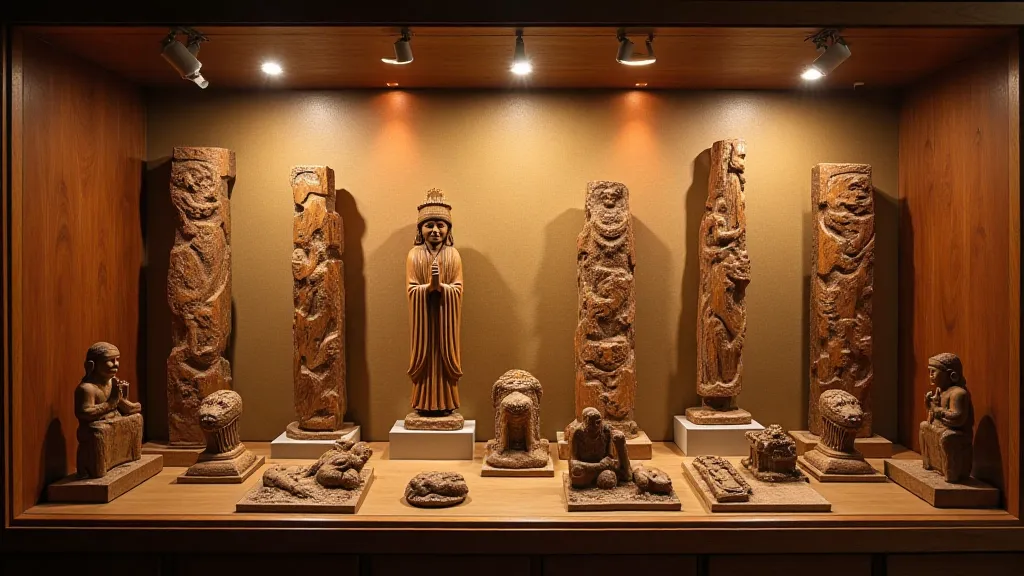
The Future of Reverberations
The legacy of regional wood carving is not confined to museums and antique shops. It’s a living tradition, constantly evolving, adapting, and finding new ways to express the human spirit. The contemporary artists who are reinterpreting these traditions are not just creating beautiful objects; they are keeping the stories alive, ensuring that the reverberations of the forest continue to resonate for generations to come. They’re demonstrating that tradition isn’t about rigid adherence to the past, but about drawing inspiration from it, and transforming it into something new and meaningful—a testament to the enduring power of human creativity and the profound connection between people and the land.
